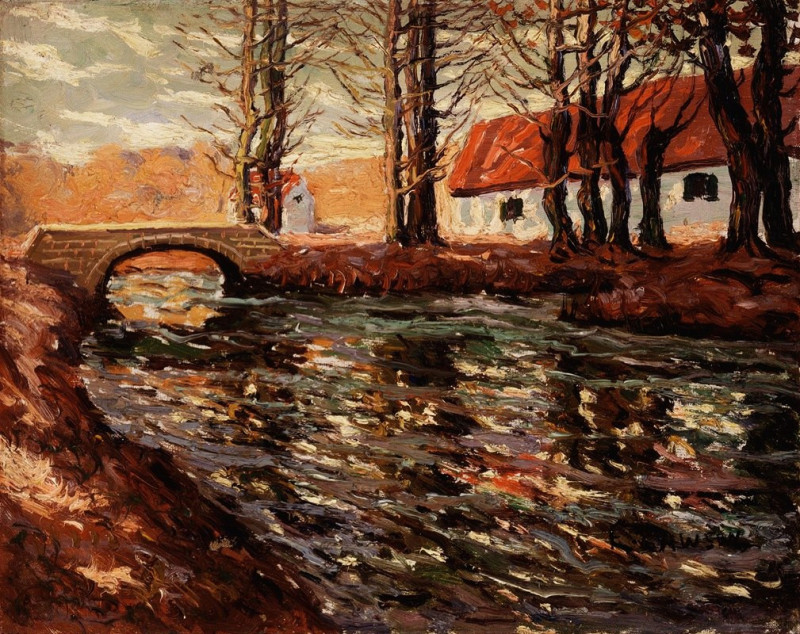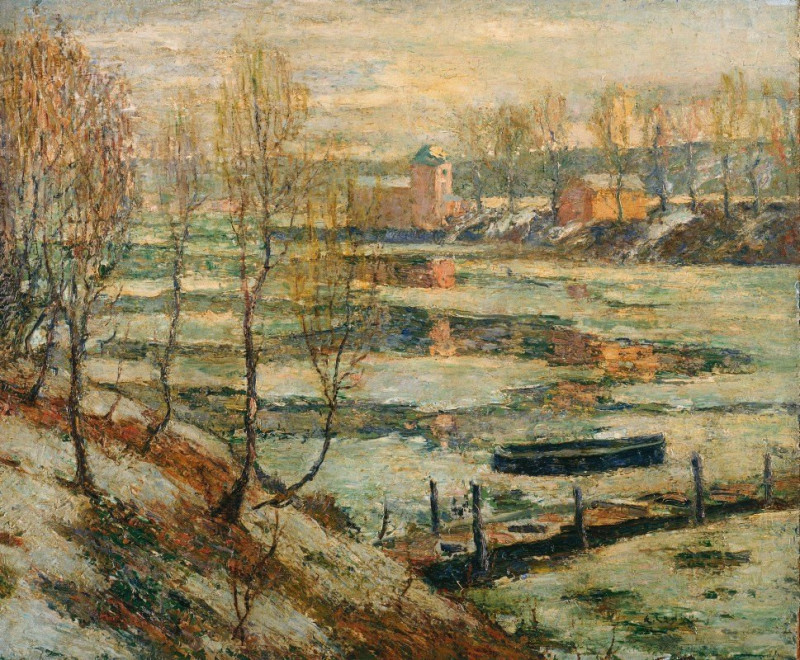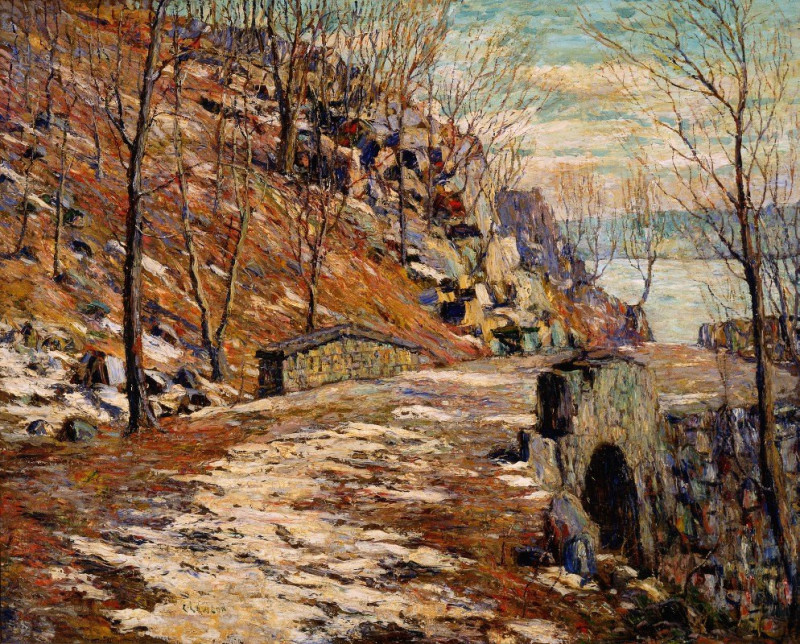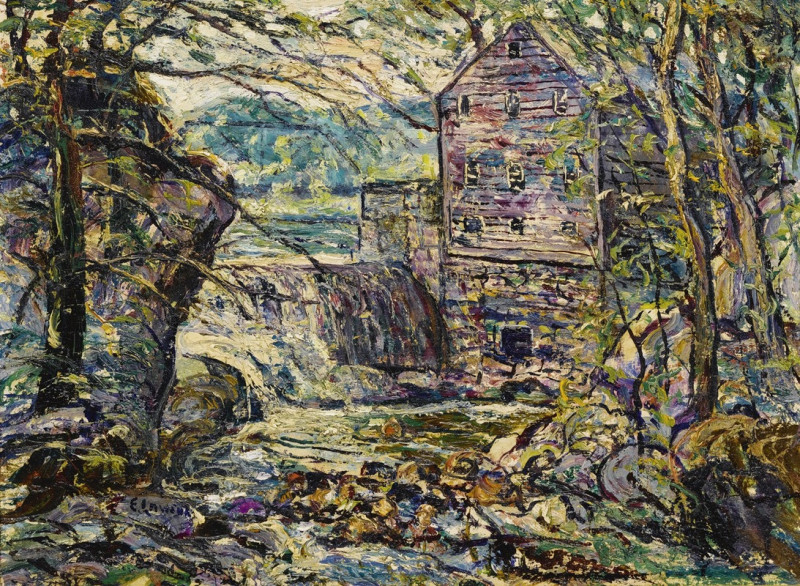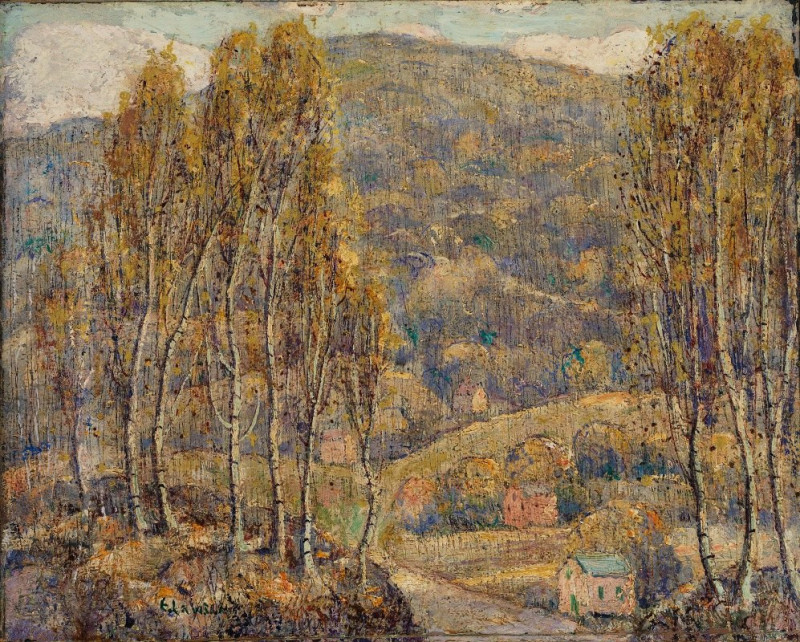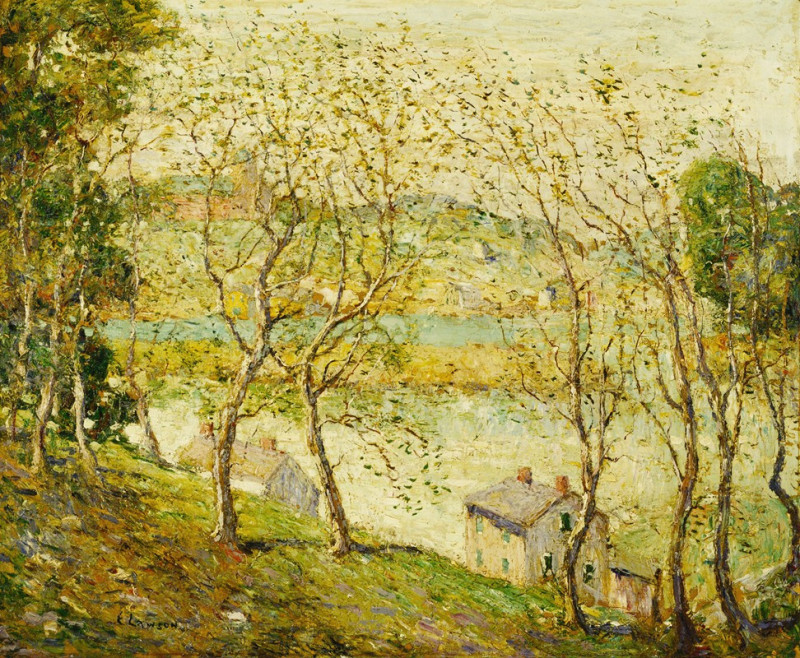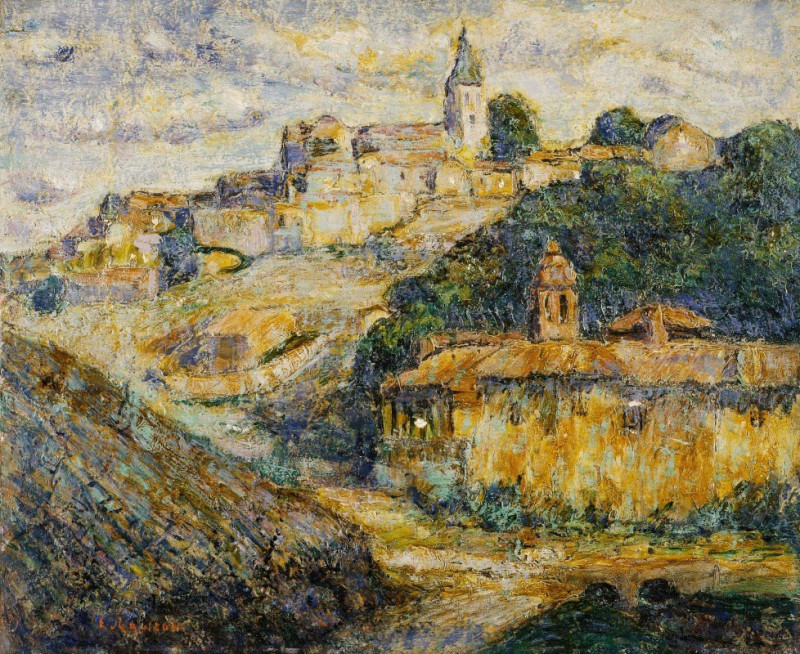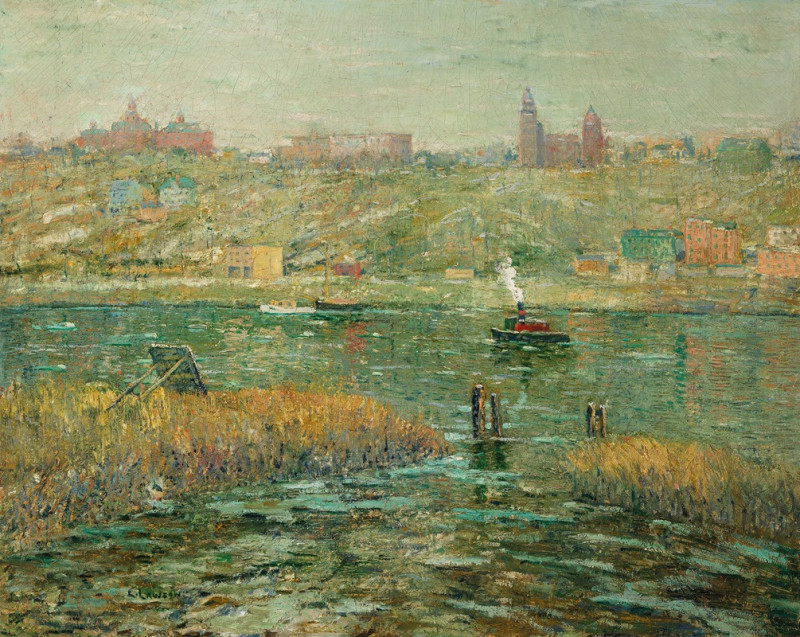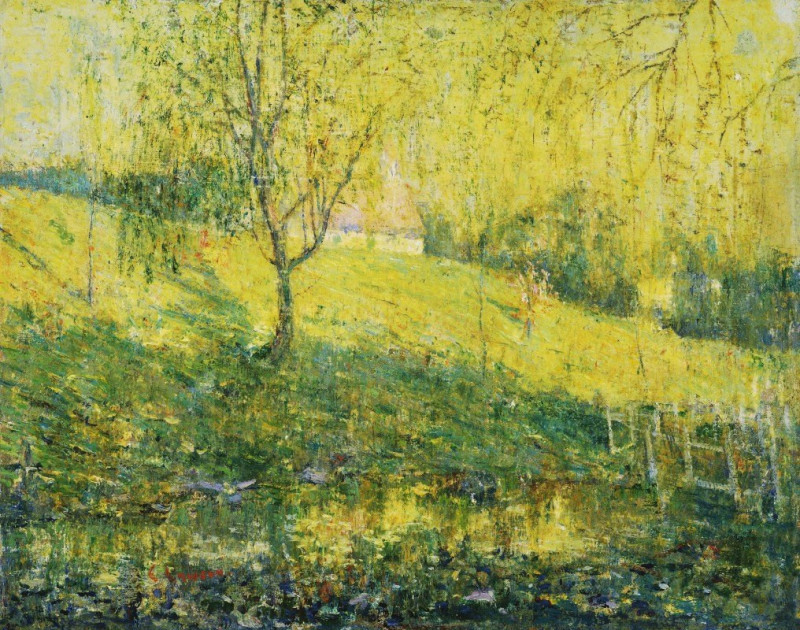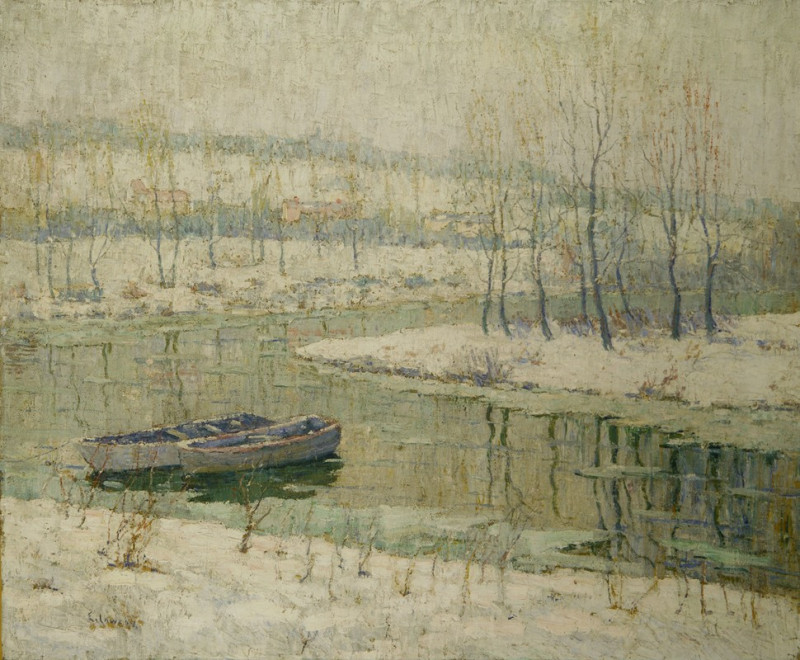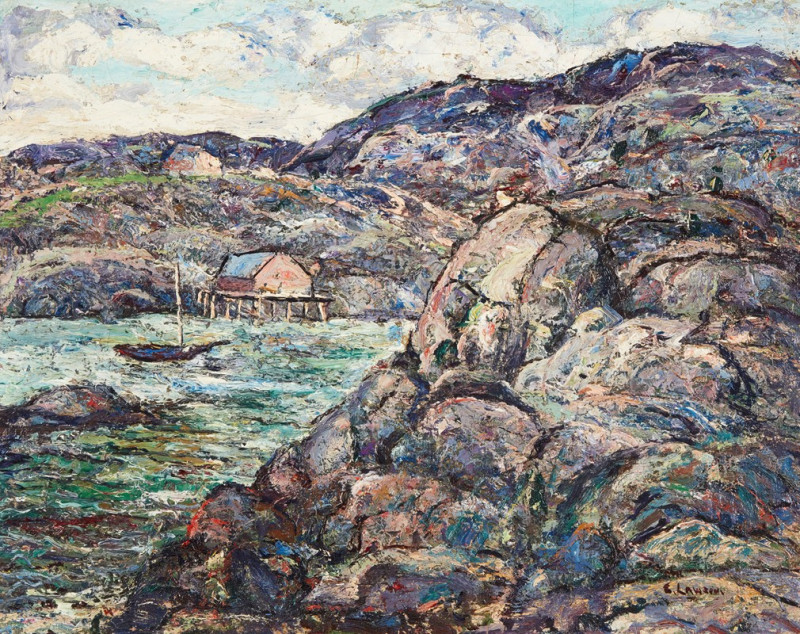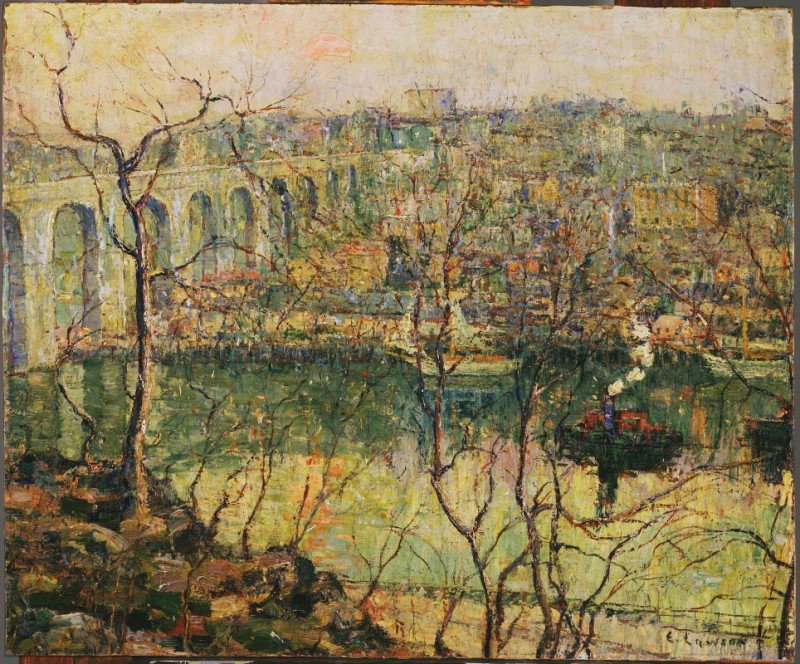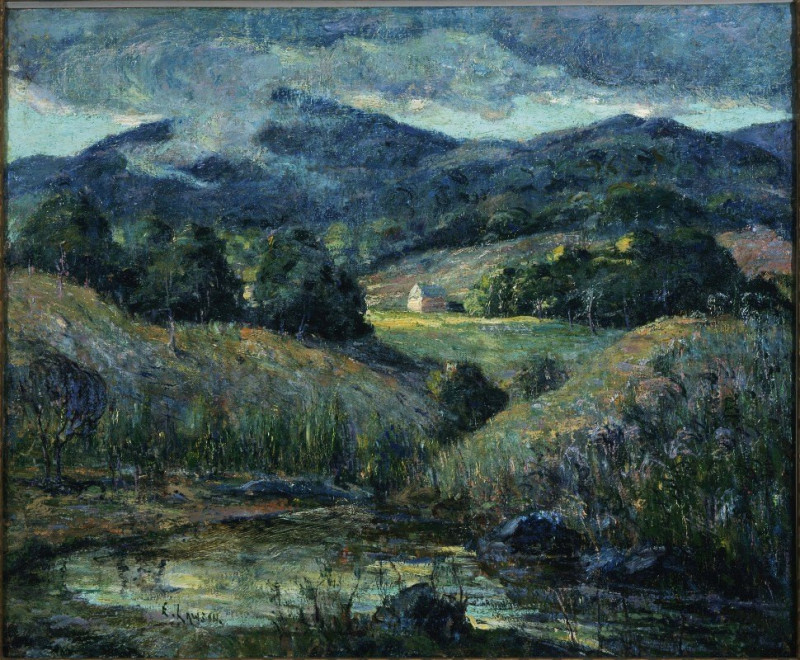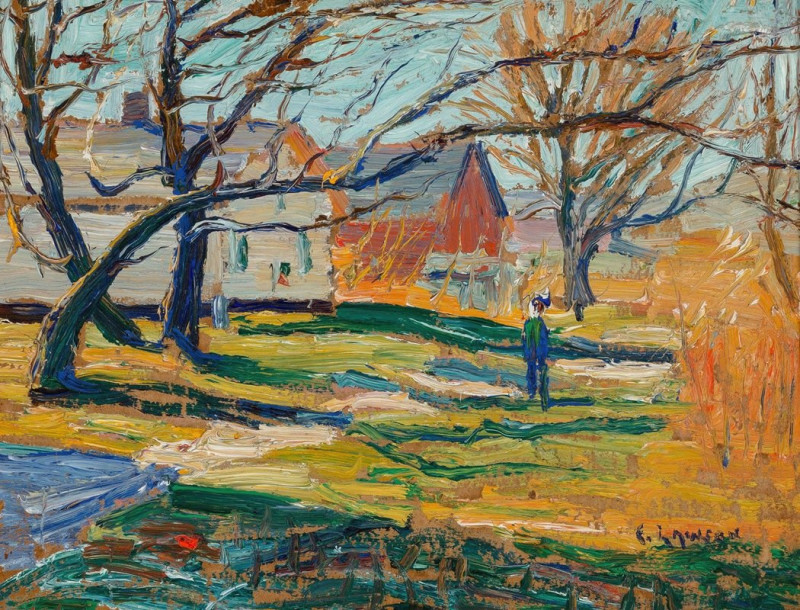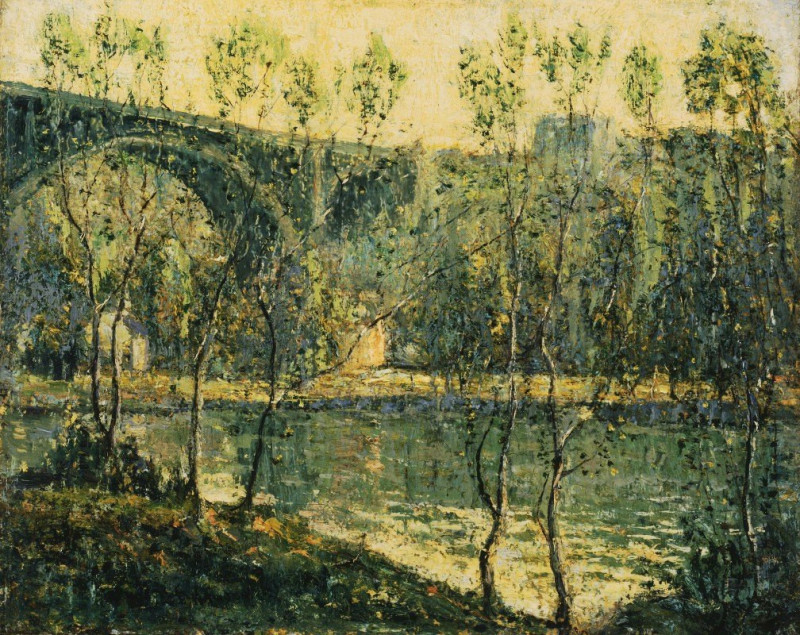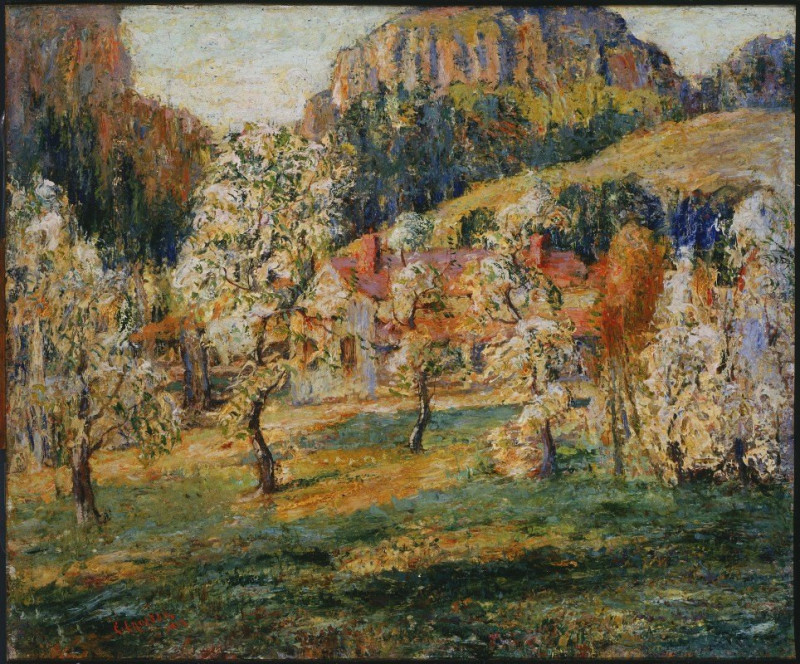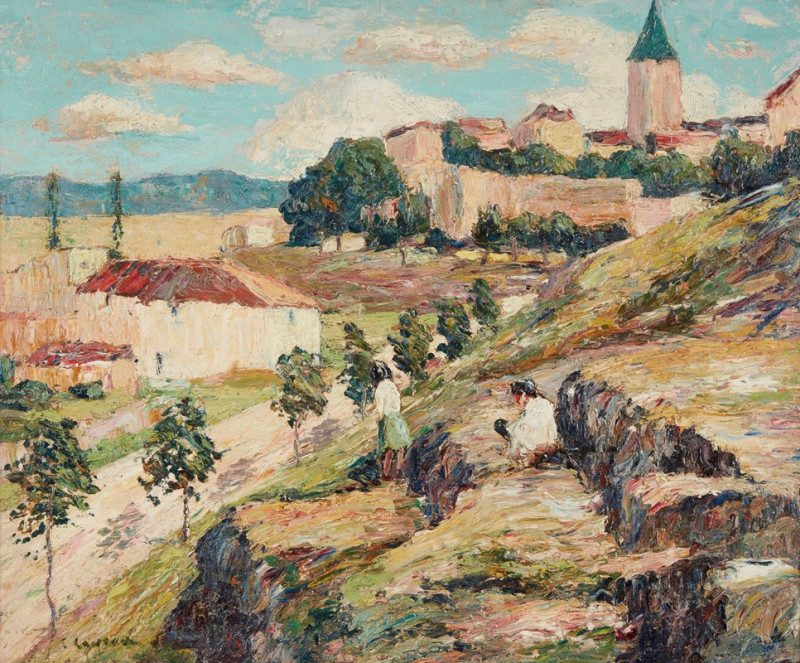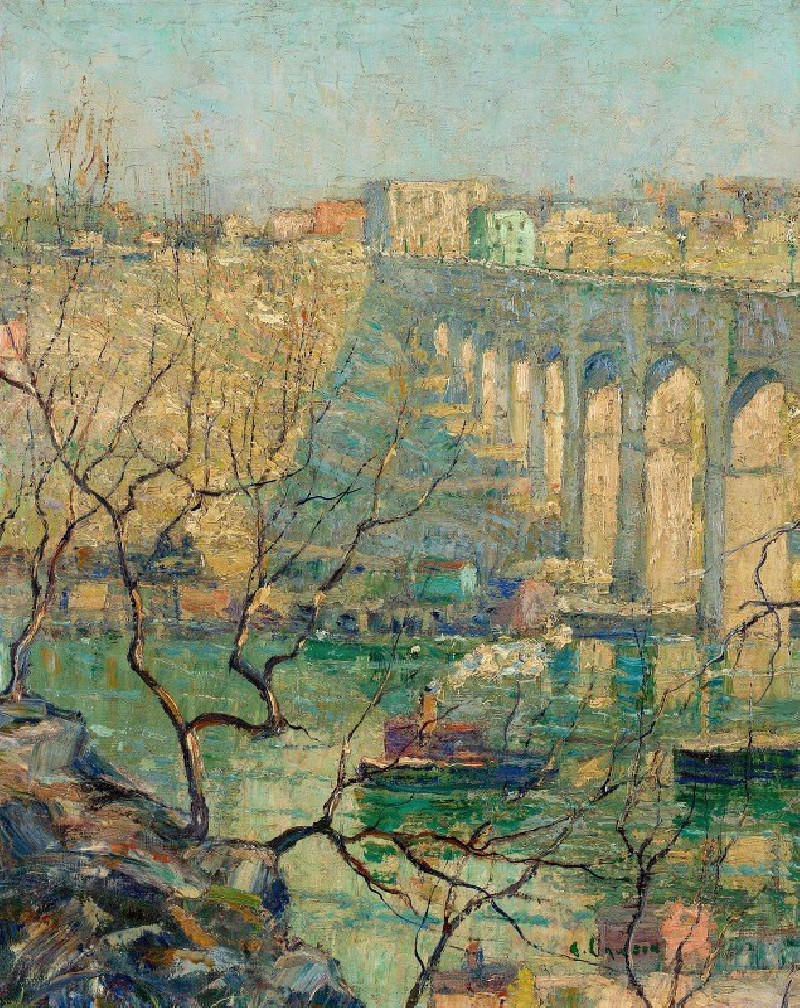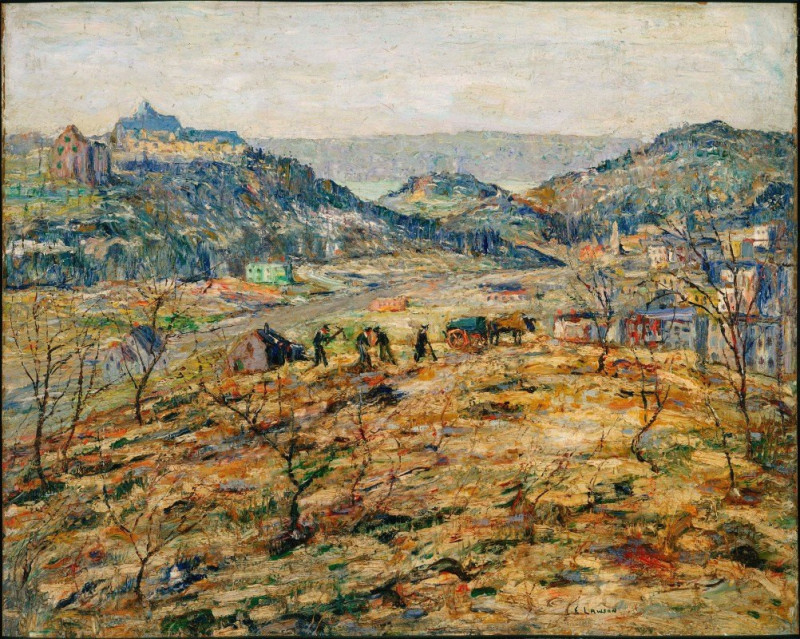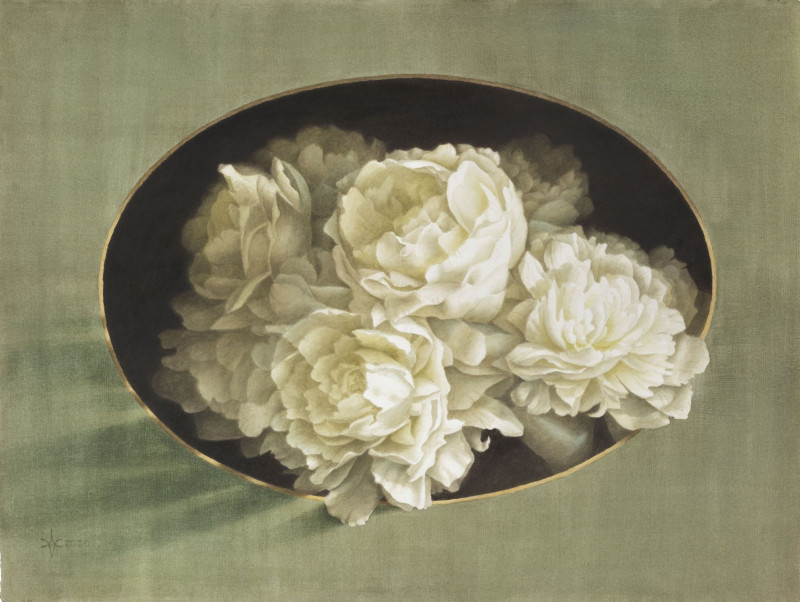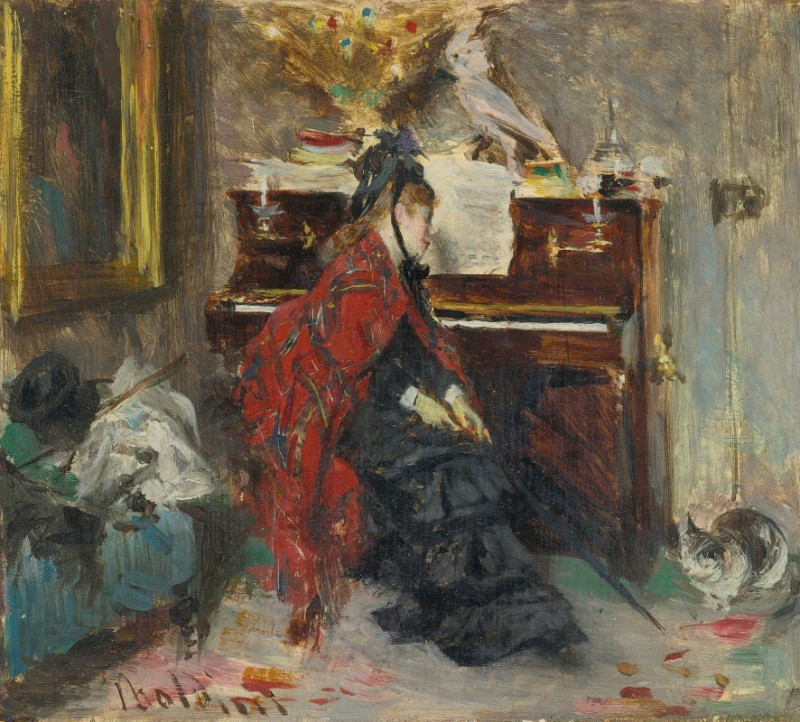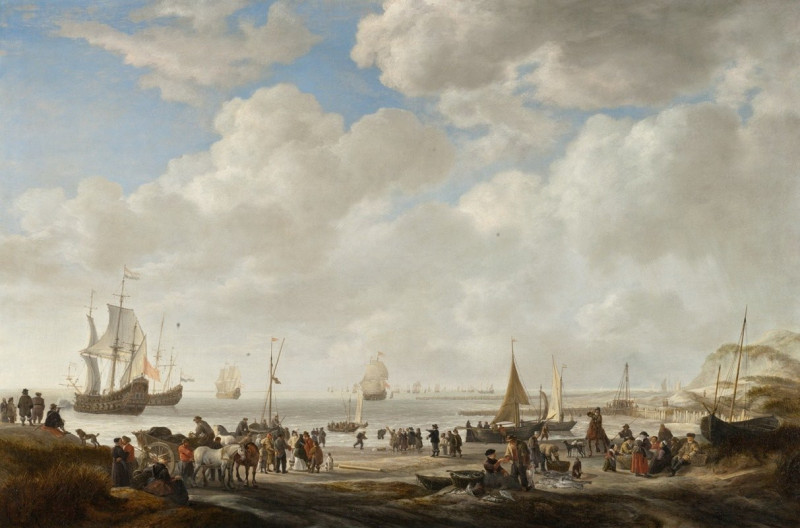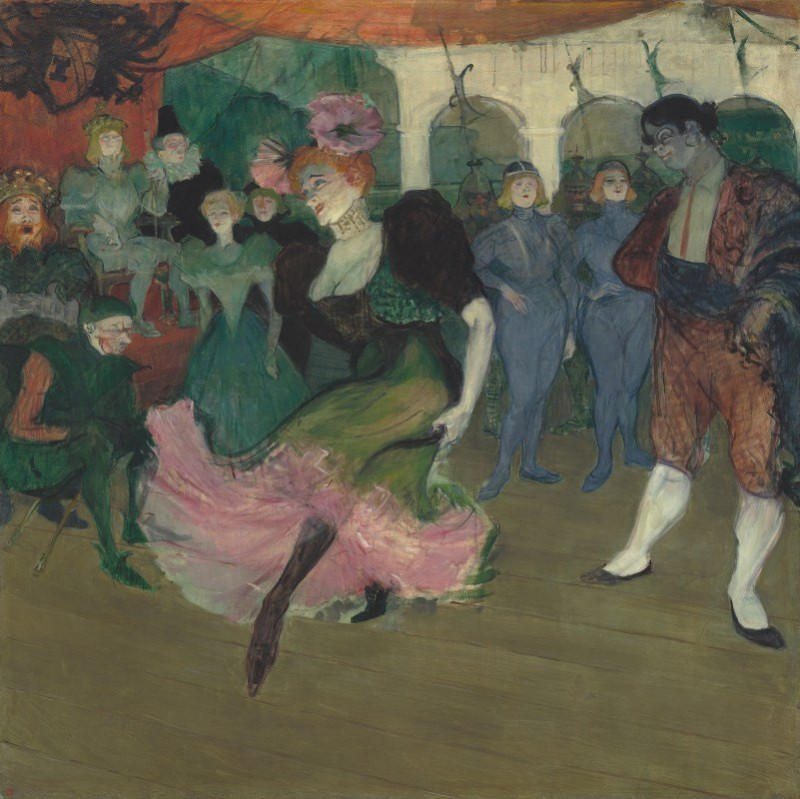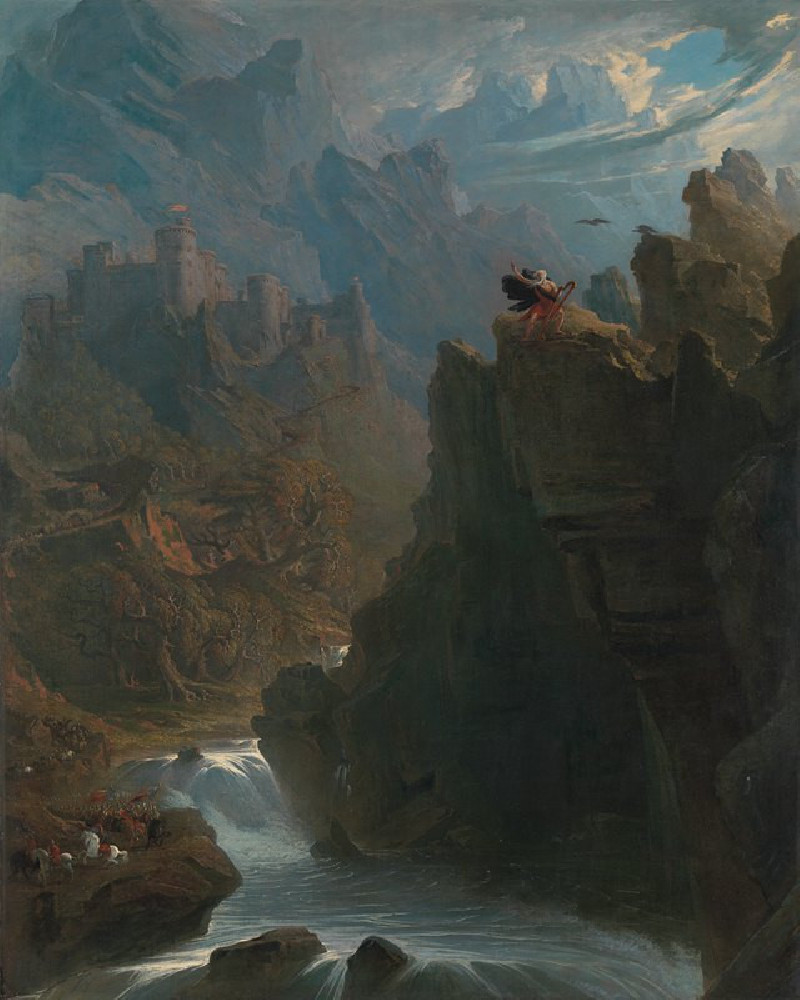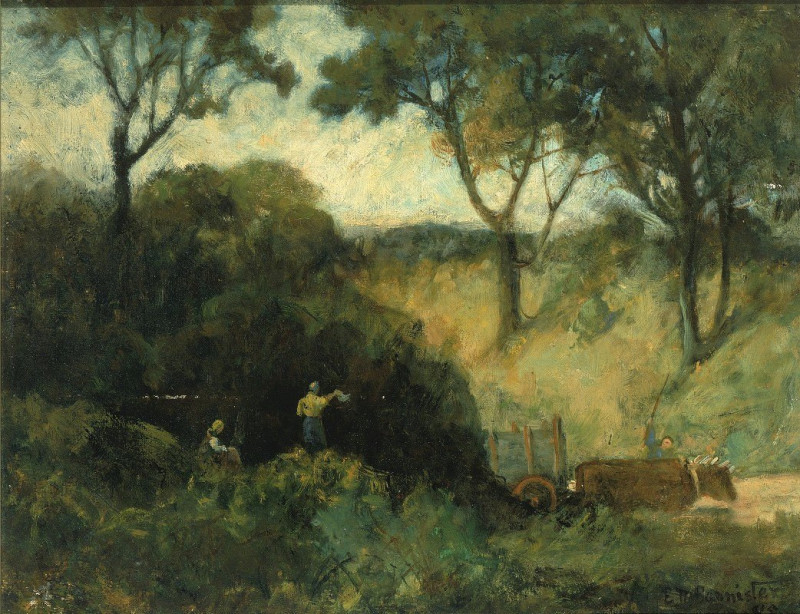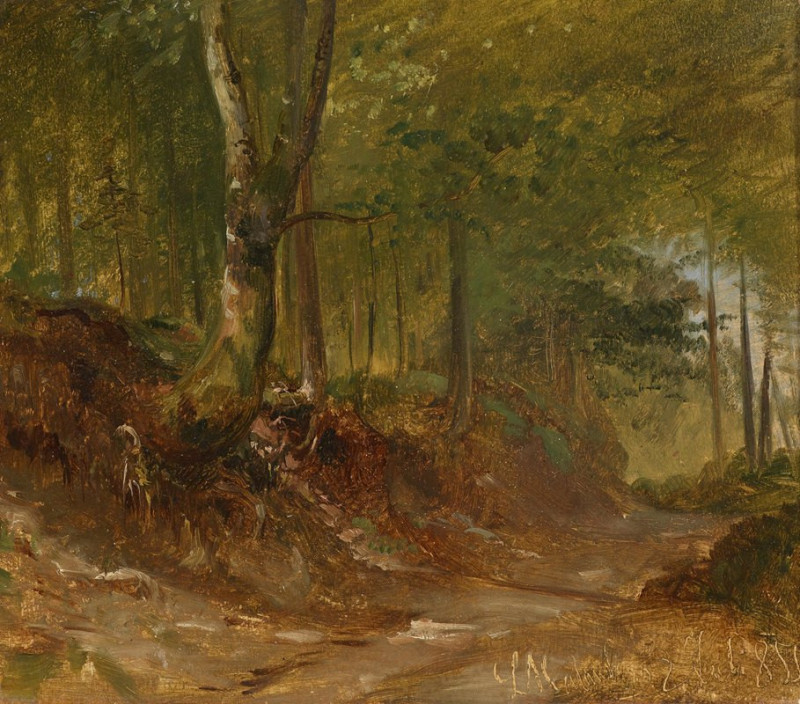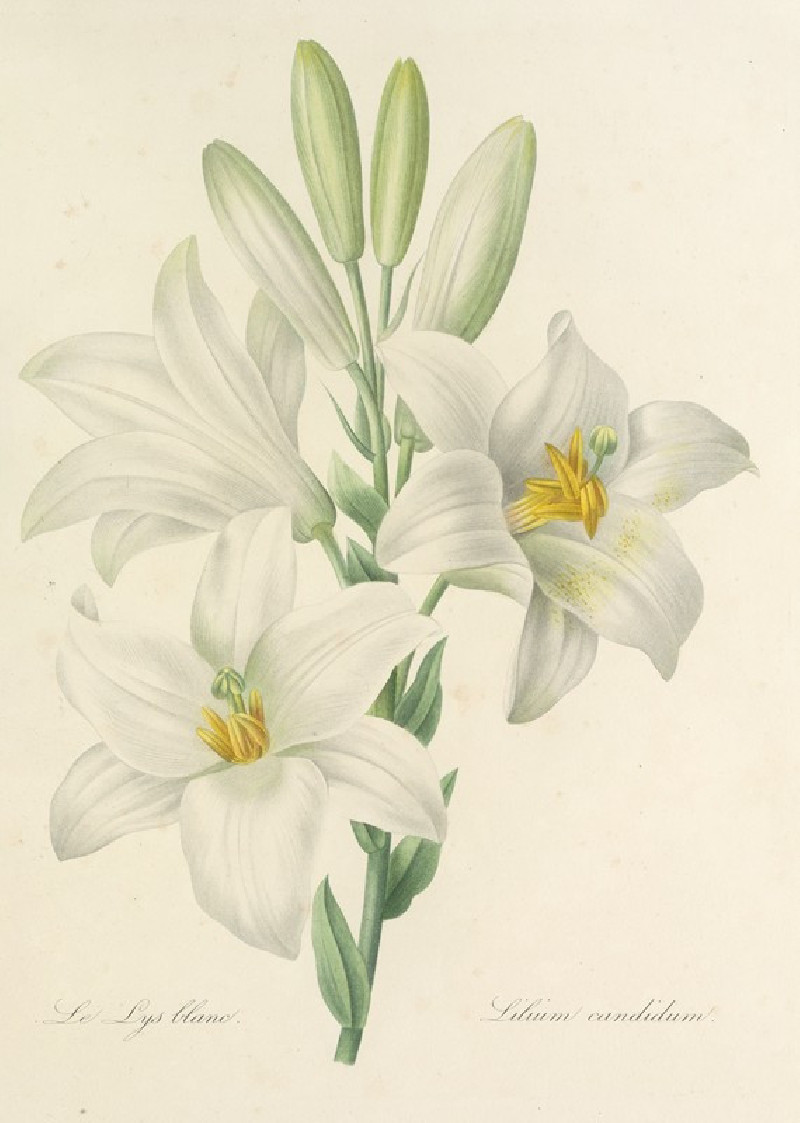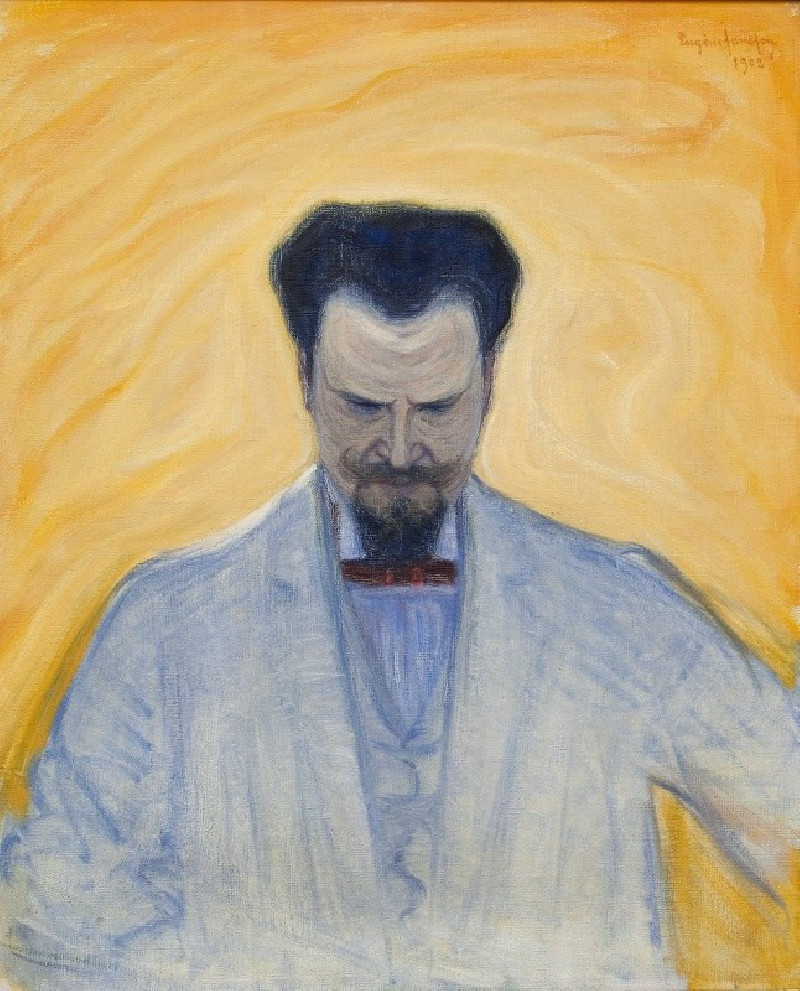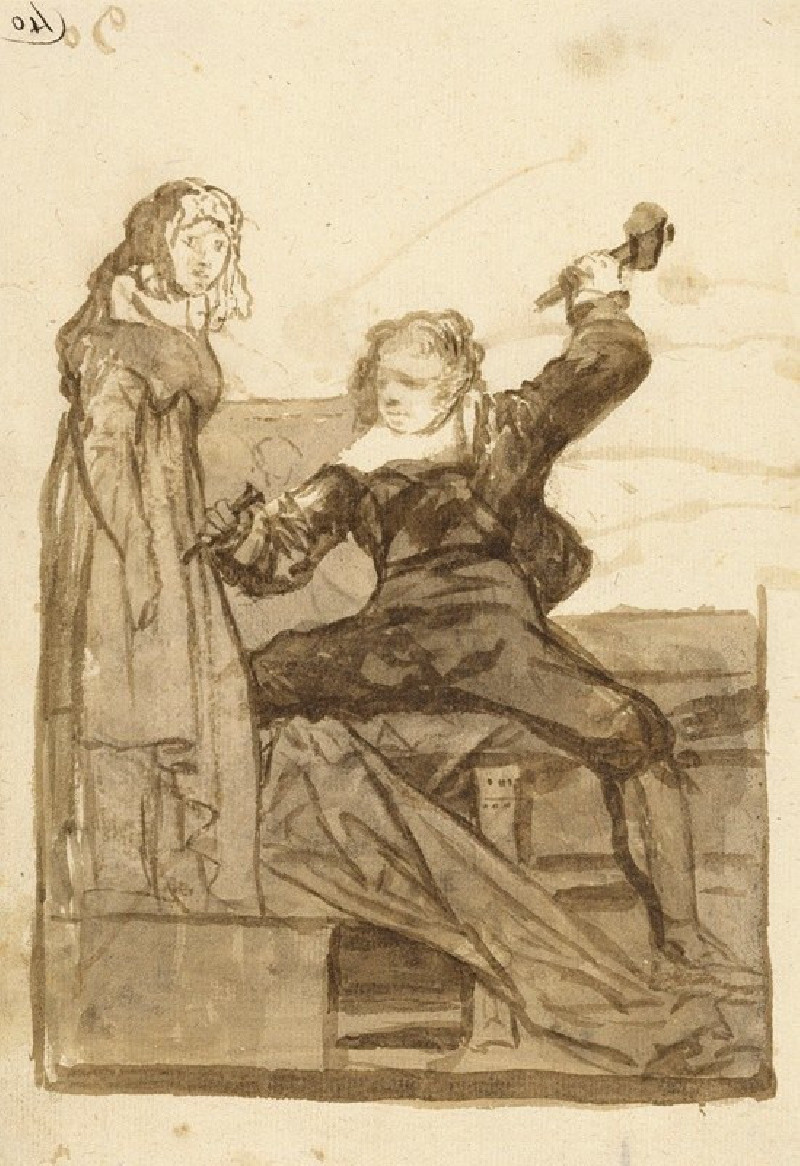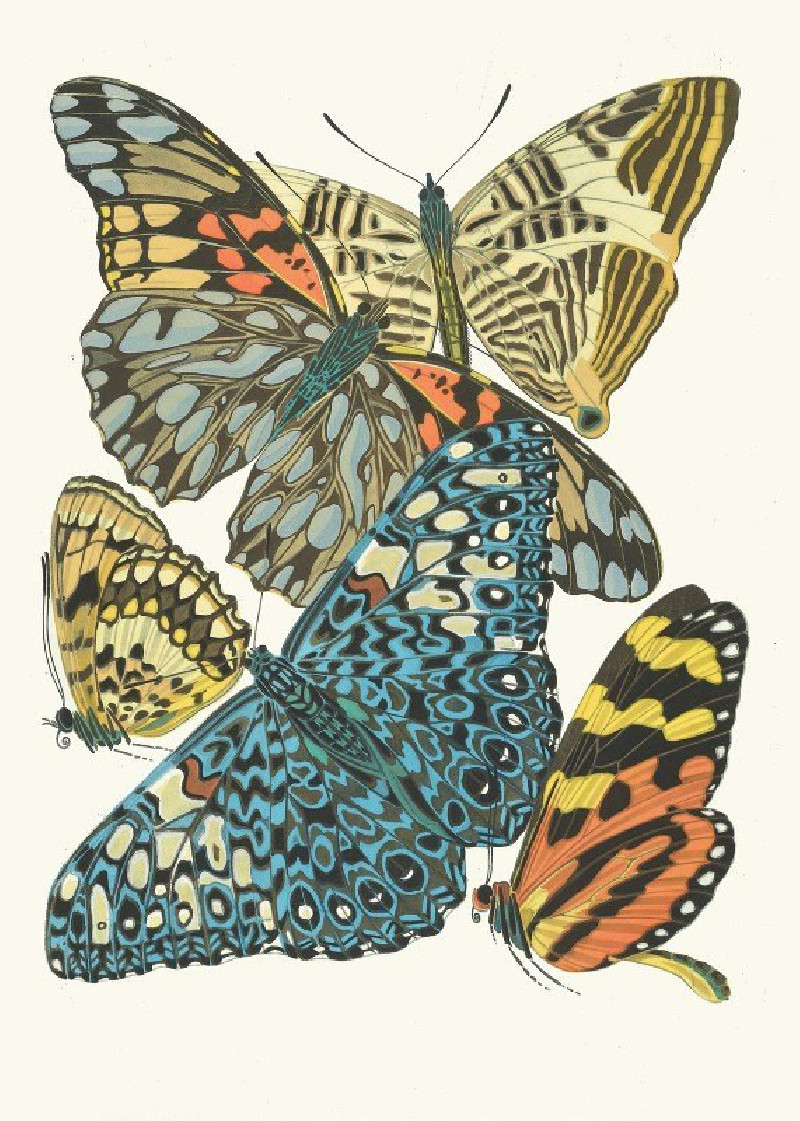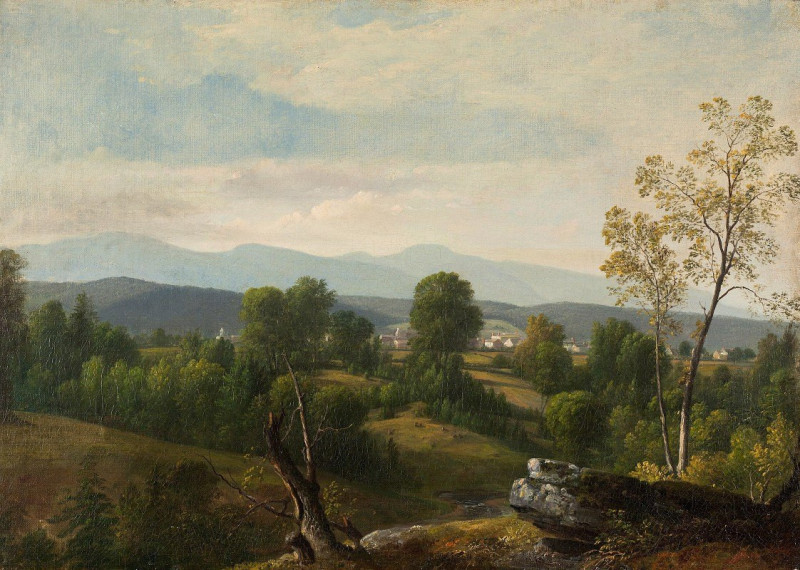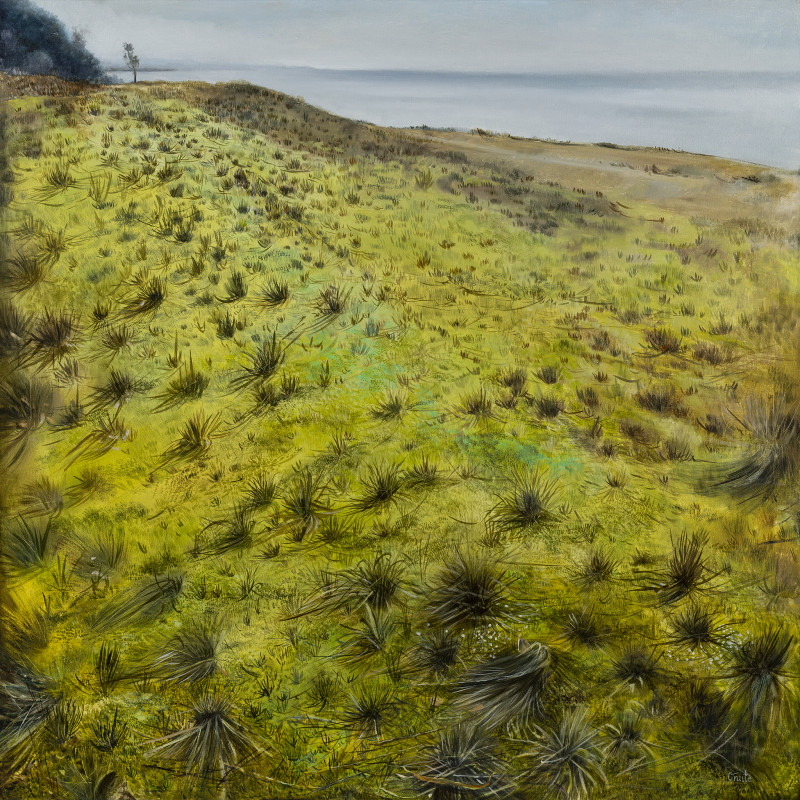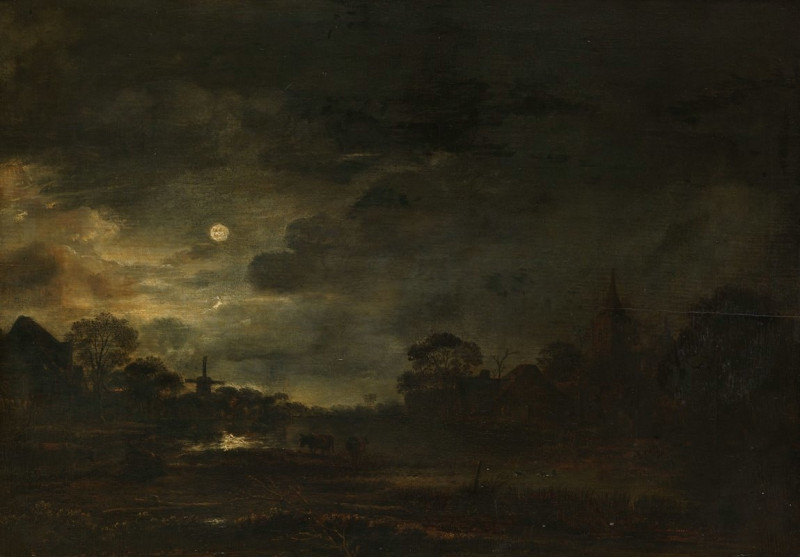An Abandoned Farm (ca. 1908)
Technique: Giclée quality print
Recommended by our customers
More about this artwork
"An Abandoned Farm," painted by Ernest Lawson around 1908, captures the serene yet somber charm of a rural landscape in transition. This Impressionist piece, rich in both texture and story, invites viewers into a long-forgotten scene, where nature slowly reclaims what was once a bustling human habitat.At the heart of the painting, the faded structures of the farm stand quietly against a backdrop of budding trees and a soft, pastel sky. Lawson’s use of quick, expressive brushstrokes imbues the scene with a breath of life, almost as if the wind is whispering through the barren branches. The earthy tones of the foreground, interspersed with hints of green, indicate the onset of spring, adding a subtle touch of hope to the otherwise neglected setting.In the foreground, a dilapidated fence and scattered logs bear testament to the farm's better days, serving as a poignant reminder of the impermanence of human endeavors. Lawson's delicate balance of colors and light not only highlights the beauty of the natural landscape but also reflects a melancholic nostalgia for days past.
Delivery
Returns
Ernest Lawson (March 22, 1873 – December 18, 1939) was a Canadian-American painter and exhibited his work at the Canadian Art Club and as a member of the American group The Eight, artists who formed a loose association in 1908 to protest the narrowness of taste and restrictive exhibition policies of the conservative, powerful National Academy of Design. Though Lawson was primarily a landscape painter, he also painted a small number of realistic urban scenes. His painting style is heavily influenced by the art of John Henry Twachtman, J. Alden Weir, and Alfred Sisley. Though considered a Canadian-American Impressionist, Lawson falls stylistically between Impressionism and realism.



